Driving Iceland’s Golden Circle? Be Sure to Stop at Friðheimar
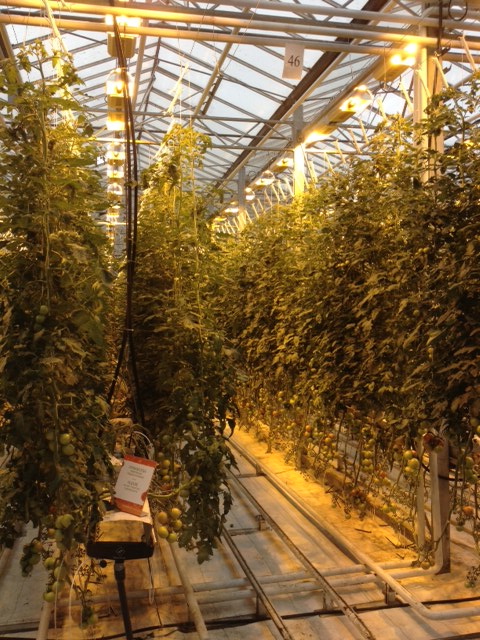 When told that we would be making one last stop on our Golden Circle route, at a greenhouse, most of the people on our tour scoffed at the idea, simply wanting to get back to our hotel in Reykjavik. It sounded like some hokey add-on, like visiting a gift shop owned by the bus driver’s brother. We were pleasantly surprised to find that Friðheimar is no ordinary greenhouse, but a massive year-round tomato and cucumber growing operation that yields close to a ton a day of crop thanks to the geothermal energy. I met the owner, Knútur Rafn Ármann, popped a tomato in my mouth (delicious), and then was treated to a sublime cup of tomato soup garnished with cucumber salsa and paired with fresh baked bread. It was probably the best dish I had in the country. Afterwards, we watched Knútur’s son and daughter (he has five children) ride the Icelandic horses he breeds. Friðheimar is open to the public for greenhouse tours, meals, and, in the summer, a 15-minute horse show. It’s the ideal way to end your trip on the Golden Circle.
When told that we would be making one last stop on our Golden Circle route, at a greenhouse, most of the people on our tour scoffed at the idea, simply wanting to get back to our hotel in Reykjavik. It sounded like some hokey add-on, like visiting a gift shop owned by the bus driver’s brother. We were pleasantly surprised to find that Friðheimar is no ordinary greenhouse, but a massive year-round tomato and cucumber growing operation that yields close to a ton a day of crop thanks to the geothermal energy. I met the owner, Knútur Rafn Ármann, popped a tomato in my mouth (delicious), and then was treated to a sublime cup of tomato soup garnished with cucumber salsa and paired with fresh baked bread. It was probably the best dish I had in the country. Afterwards, we watched Knútur’s son and daughter (he has five children) ride the Icelandic horses he breeds. Friðheimar is open to the public for greenhouse tours, meals, and, in the summer, a 15-minute horse show. It’s the ideal way to end your trip on the Golden Circle.

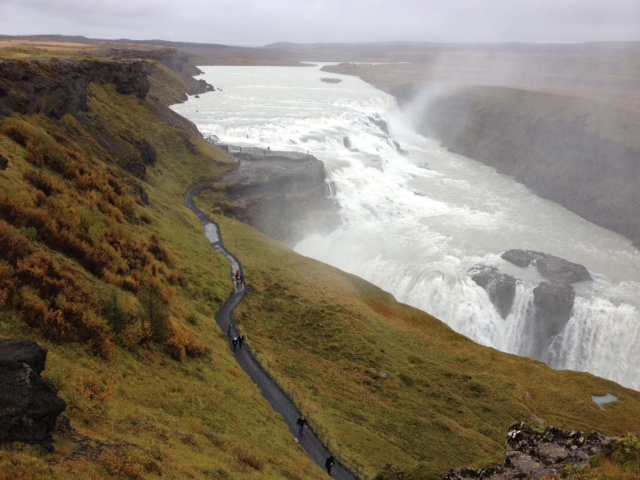 There are two types of travelers to Iceland, ones like me who spend the bulk of their time in Reykjavik taking day trips to see the countryside and others who simply stay in small guesthouses in the more remote areas of the island. Obviously, if you can do the latter, you’ll be treated to a far more authentic experience with majestic vistas of glaciers, volcanoes, and the coastline around every bend. I needed to be in Reykjavik for a travel writers’ conference, but even I had the chance to check out three incredible sites thanks to the daylong
There are two types of travelers to Iceland, ones like me who spend the bulk of their time in Reykjavik taking day trips to see the countryside and others who simply stay in small guesthouses in the more remote areas of the island. Obviously, if you can do the latter, you’ll be treated to a far more authentic experience with majestic vistas of glaciers, volcanoes, and the coastline around every bend. I needed to be in Reykjavik for a travel writers’ conference, but even I had the chance to check out three incredible sites thanks to the daylong 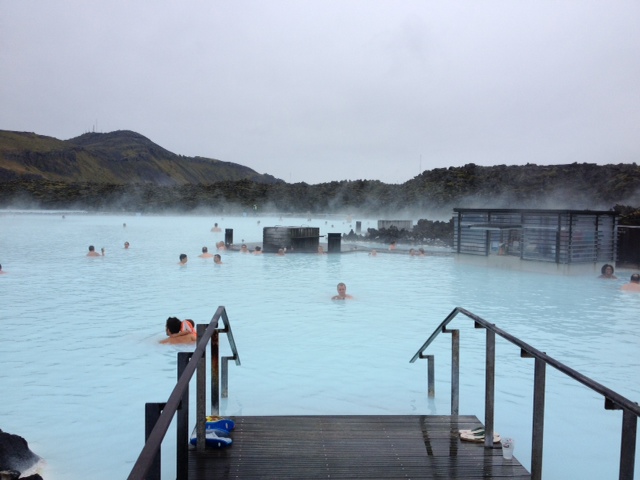 The Blue Lagoon
The Blue Lagoon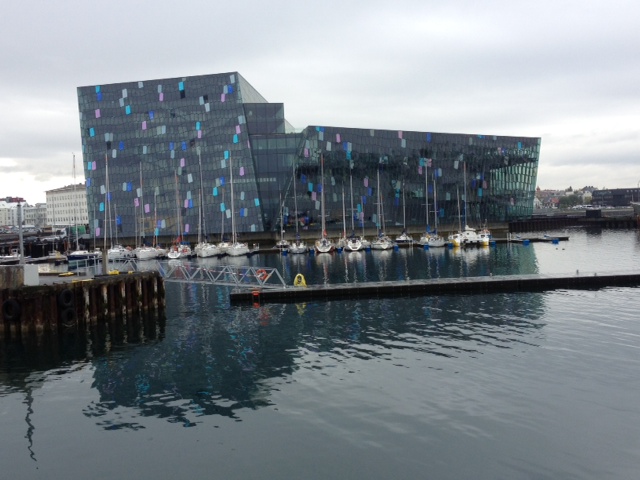 With its magical mix of volcanoes, glaciers, waterfalls, geysers, rugged coastline, green meadows, and geothermal spas like the acclaimed Blue Lagoon, it’s no wonder that Iceland has become a popular destination for our clientele. It’s also an easy 5-hour flight from the East Coast and a free stopover on Icelandair to other European destinations like Stockholm, Copenhagen, or Barcelona. So there’s no excuse not to check it out. I just spent a week in the country and had a great time. My first outing was a morning bike ride with
With its magical mix of volcanoes, glaciers, waterfalls, geysers, rugged coastline, green meadows, and geothermal spas like the acclaimed Blue Lagoon, it’s no wonder that Iceland has become a popular destination for our clientele. It’s also an easy 5-hour flight from the East Coast and a free stopover on Icelandair to other European destinations like Stockholm, Copenhagen, or Barcelona. So there’s no excuse not to check it out. I just spent a week in the country and had a great time. My first outing was a morning bike ride with 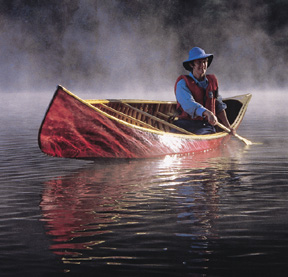 My preferred place to be in September is inside a canoe, paddling the tranquil rivers and lakes of the Boundary Waters in northern Minnesota, Wabakimi Wilderness in western Ontario, the Adirondacks in upstate New York, and the Maine woods. Those nasty mosquitoes and black flies are gone, foliage color is already starting to appear, and moose are lining the shores in heat, more talkative than Bullwinkle. So grab a paddle and find your own placid retreat. It’s no surprise that paddlers get all dreamy-eyed over Minnesota’s northern frontier, the Boundary Waters, home to a whopping 1200 miles of canoeable waters through countless lakes, rivers, and ponds. You can go days without seeing another person, replaced instead by moose, whitetail deer, black bears, beavers, otters, and those laughing loons.
My preferred place to be in September is inside a canoe, paddling the tranquil rivers and lakes of the Boundary Waters in northern Minnesota, Wabakimi Wilderness in western Ontario, the Adirondacks in upstate New York, and the Maine woods. Those nasty mosquitoes and black flies are gone, foliage color is already starting to appear, and moose are lining the shores in heat, more talkative than Bullwinkle. So grab a paddle and find your own placid retreat. It’s no surprise that paddlers get all dreamy-eyed over Minnesota’s northern frontier, the Boundary Waters, home to a whopping 1200 miles of canoeable waters through countless lakes, rivers, and ponds. You can go days without seeing another person, replaced instead by moose, whitetail deer, black bears, beavers, otters, and those laughing loons. 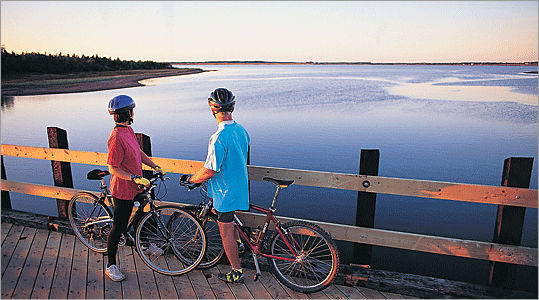 Biking slightly uphill outside of Hunter’s River, horse farms replace dairy farms and the velvety green pasture flourishes. Purple lupines line the trail to add their color to the brilliant canvas. I was on my final ride of a three-day bike tour of Prince Edward Island one September, on assignment for Canadian Geographic magazine. Hunter’s River is less than a 15-minute drive from the fabled dunes and red cliffs of Cavendish, the PEI tourist hub made famous by that young girl in braids, Anne of Green Gables. Close to civilization yet far enough removed to relish the solitude (I’ve only greeted one other biker this day), I’m lost in a bucolic setting that has changed little since Lucy Maud Montgomery penned her timeless novel in 1908.
Biking slightly uphill outside of Hunter’s River, horse farms replace dairy farms and the velvety green pasture flourishes. Purple lupines line the trail to add their color to the brilliant canvas. I was on my final ride of a three-day bike tour of Prince Edward Island one September, on assignment for Canadian Geographic magazine. Hunter’s River is less than a 15-minute drive from the fabled dunes and red cliffs of Cavendish, the PEI tourist hub made famous by that young girl in braids, Anne of Green Gables. Close to civilization yet far enough removed to relish the solitude (I’ve only greeted one other biker this day), I’m lost in a bucolic setting that has changed little since Lucy Maud Montgomery penned her timeless novel in 1908. 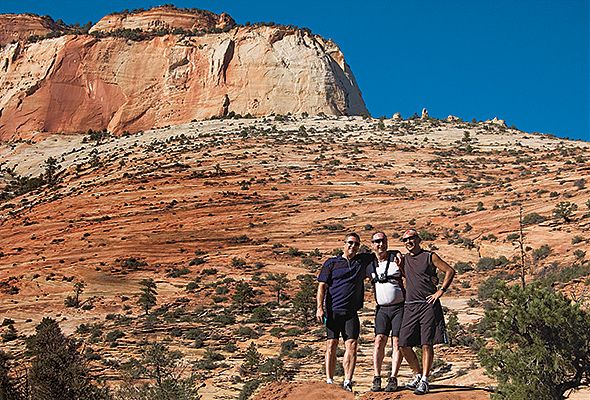 An hour’s drive northeast of Las Vegas, rows of creosote bushes and gnarly-looking Joshua trees lead to ridges of sandstone. Crossing into Utah, these walls of rock become far more dramatic, shaped into a phantasmagoric blend of towering cliff walls, slot canyons, lonely buttes, and organ-shaped mesas. It’s a harsh, rugged terrain, best suited for pioneers and as a backdrop for 1940s Westerns. You half expect John Wayne to pop out of the bush and mutter, “I’m hoping to round up a posse and you’re it.”
An hour’s drive northeast of Las Vegas, rows of creosote bushes and gnarly-looking Joshua trees lead to ridges of sandstone. Crossing into Utah, these walls of rock become far more dramatic, shaped into a phantasmagoric blend of towering cliff walls, slot canyons, lonely buttes, and organ-shaped mesas. It’s a harsh, rugged terrain, best suited for pioneers and as a backdrop for 1940s Westerns. You half expect John Wayne to pop out of the bush and mutter, “I’m hoping to round up a posse and you’re it.” 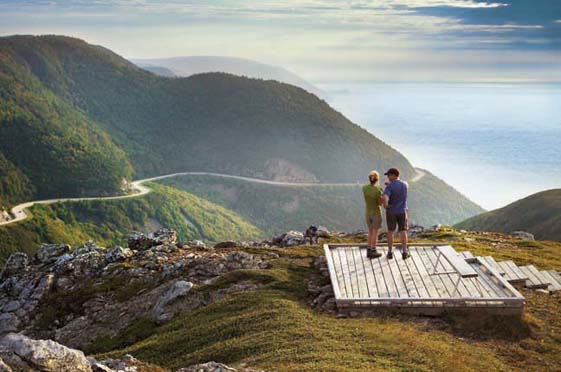 The landscape of Cape Breton is a mesmerizing mix of rolling summits, precipitous cliffs, high headlands, sweeping white sand beaches, and glacially carved lakes, all bordered by the ocean. The Cabot Trail is a road that hugs the Gulf of St. Lawrence on the rugged northwestern edge of Nova Scotia, where around every bend you want to pull over, spew expletives of joy at the stupendous vista, and take another snapshot. Indeed, it’s as close to Big Sur as the East Coast gets. Add bald eagles, moose, coyotes, and pilot whales fluking in the nearby waters and you want to leave the car behind and soak it all up on two legs.
The landscape of Cape Breton is a mesmerizing mix of rolling summits, precipitous cliffs, high headlands, sweeping white sand beaches, and glacially carved lakes, all bordered by the ocean. The Cabot Trail is a road that hugs the Gulf of St. Lawrence on the rugged northwestern edge of Nova Scotia, where around every bend you want to pull over, spew expletives of joy at the stupendous vista, and take another snapshot. Indeed, it’s as close to Big Sur as the East Coast gets. Add bald eagles, moose, coyotes, and pilot whales fluking in the nearby waters and you want to leave the car behind and soak it all up on two legs. 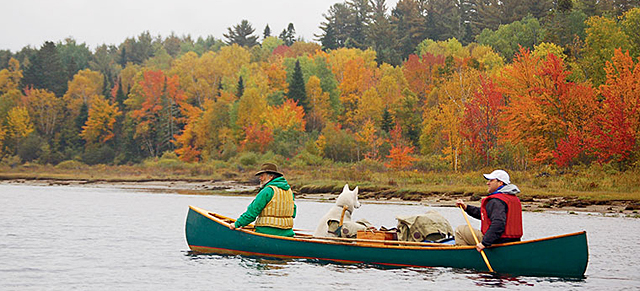 In October 2009, I had the good fortune to paddle down the West Branch of the Penobscot River following in the current of the great naturalist and philosopher, Henry David Thoreau. Our guide was Kevin Slater, a legendary Maine paddler and dogsledder who learned these rivers and how to carve his own canoes and paddles from his mentor who he simply called, “the Old Timer.” We spent four glorious days on the water, with few other paddlers, spotting moose, bear, loons, and osprey. In the backdrop was mighty Mount Katahdin, the ending point of the Appalachian Trail. The
In October 2009, I had the good fortune to paddle down the West Branch of the Penobscot River following in the current of the great naturalist and philosopher, Henry David Thoreau. Our guide was Kevin Slater, a legendary Maine paddler and dogsledder who learned these rivers and how to carve his own canoes and paddles from his mentor who he simply called, “the Old Timer.” We spent four glorious days on the water, with few other paddlers, spotting moose, bear, loons, and osprey. In the backdrop was mighty Mount Katahdin, the ending point of the Appalachian Trail. The 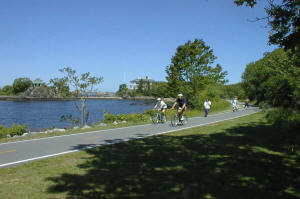 All it takes is a mere six miles on a paved path to leave a highly industrialized section of Providence and reach the sheltered coastline of Narragansett Bay. No wonder locals would rather bike to the beach than deal with car traffic. The 14.5-mile long East Bay Bicycle Path, originally part of the Providence/Worcester line, heads southeast from Providence along the scenic shores of the bay to the town of Bristol. Less than two miles into the ride, fishing trawlers and sailboats start to appear on the right and small inlets and wetlands can be seen on the left. Head there this weekend and you’re likely to see locals clamming for littlenecks in the shallow waters along the route. That’s quite a contrast from the view of the Providence skyline that lurks behind you. Soon you’ll reach Colt State Park and Bristol Town Beach, the finest spot for sunbathing along the route. The trail ends in Bristol at Independence Park, near a handful of
All it takes is a mere six miles on a paved path to leave a highly industrialized section of Providence and reach the sheltered coastline of Narragansett Bay. No wonder locals would rather bike to the beach than deal with car traffic. The 14.5-mile long East Bay Bicycle Path, originally part of the Providence/Worcester line, heads southeast from Providence along the scenic shores of the bay to the town of Bristol. Less than two miles into the ride, fishing trawlers and sailboats start to appear on the right and small inlets and wetlands can be seen on the left. Head there this weekend and you’re likely to see locals clamming for littlenecks in the shallow waters along the route. That’s quite a contrast from the view of the Providence skyline that lurks behind you. Soon you’ll reach Colt State Park and Bristol Town Beach, the finest spot for sunbathing along the route. The trail ends in Bristol at Independence Park, near a handful of